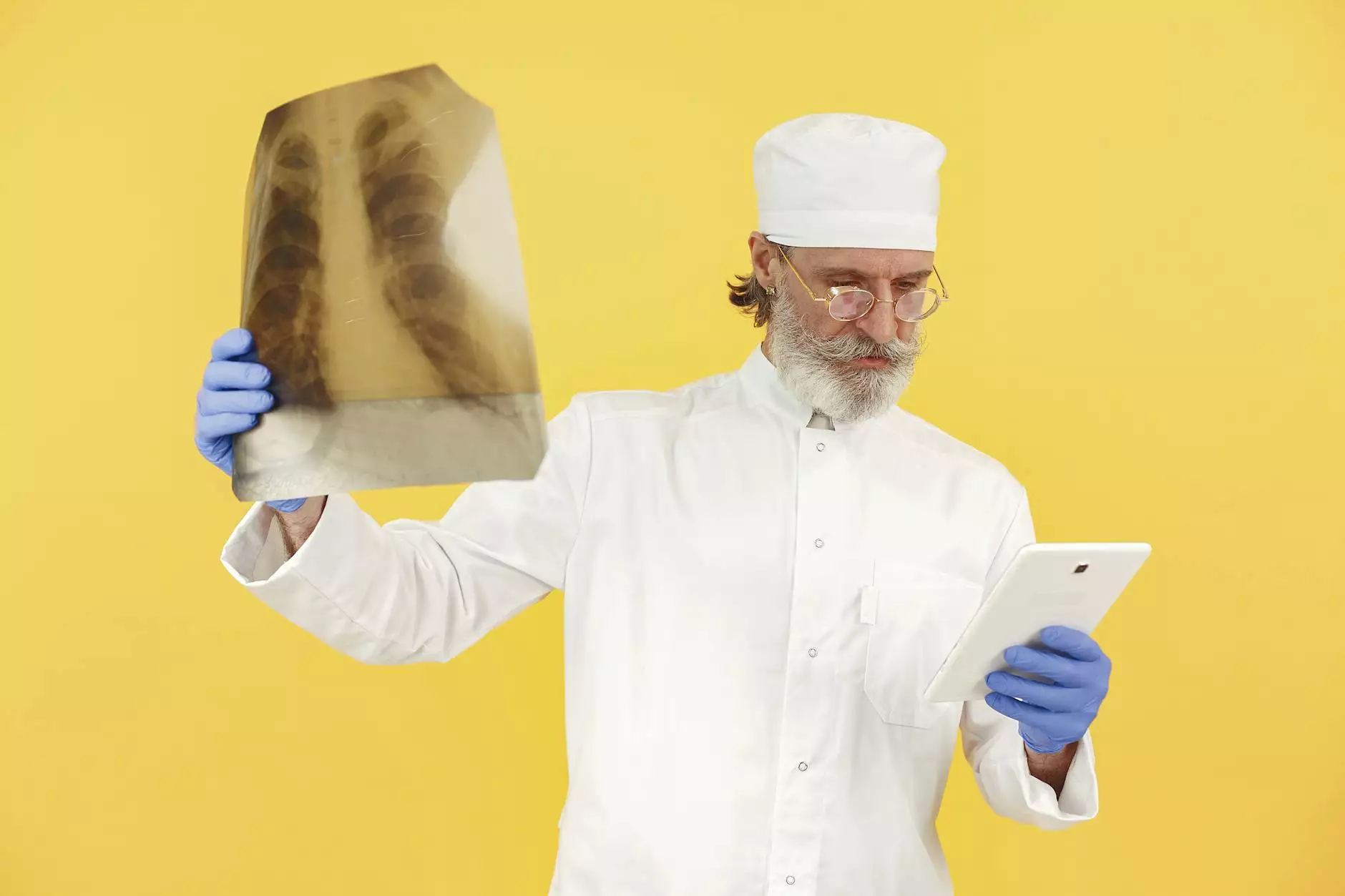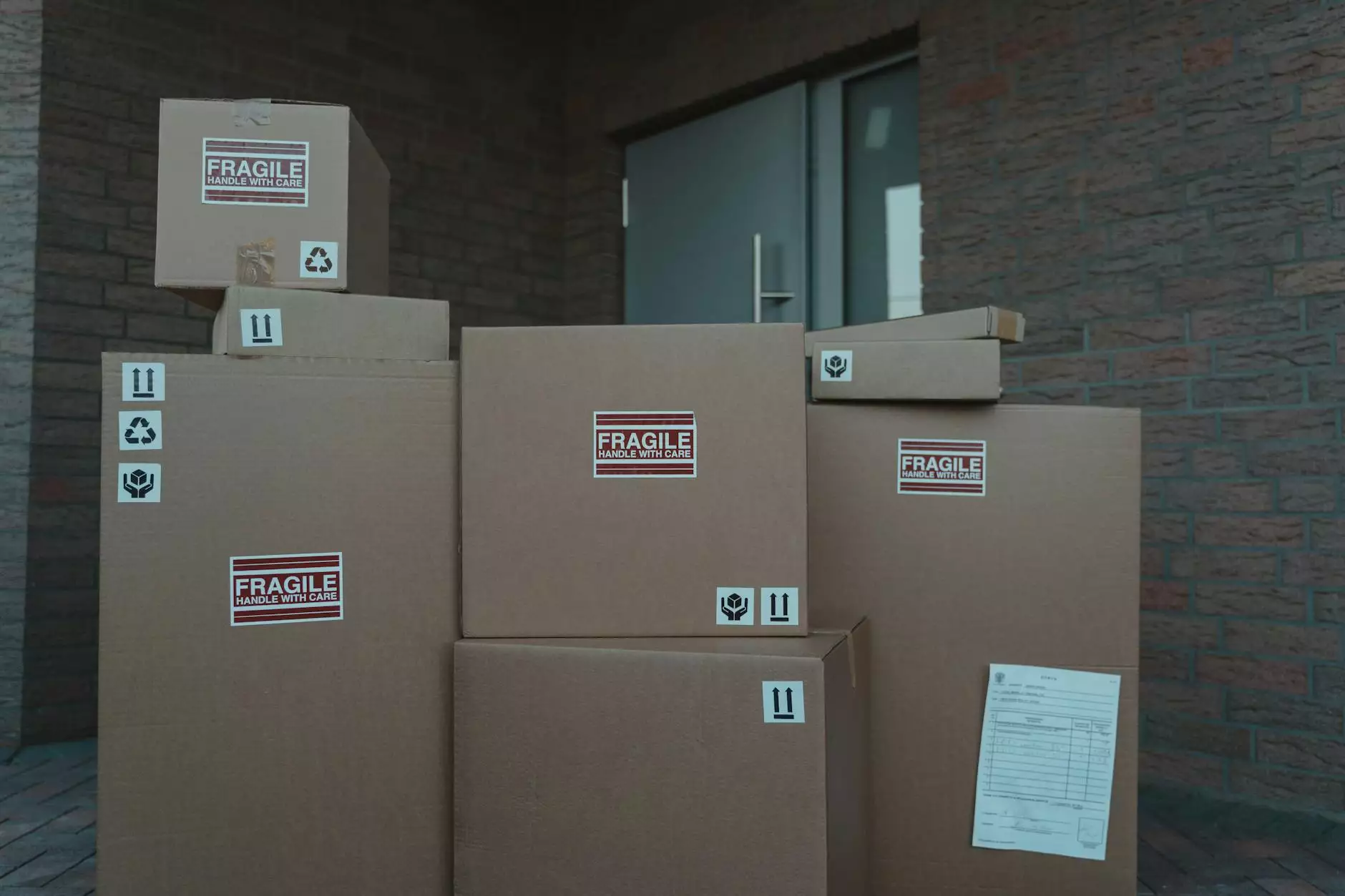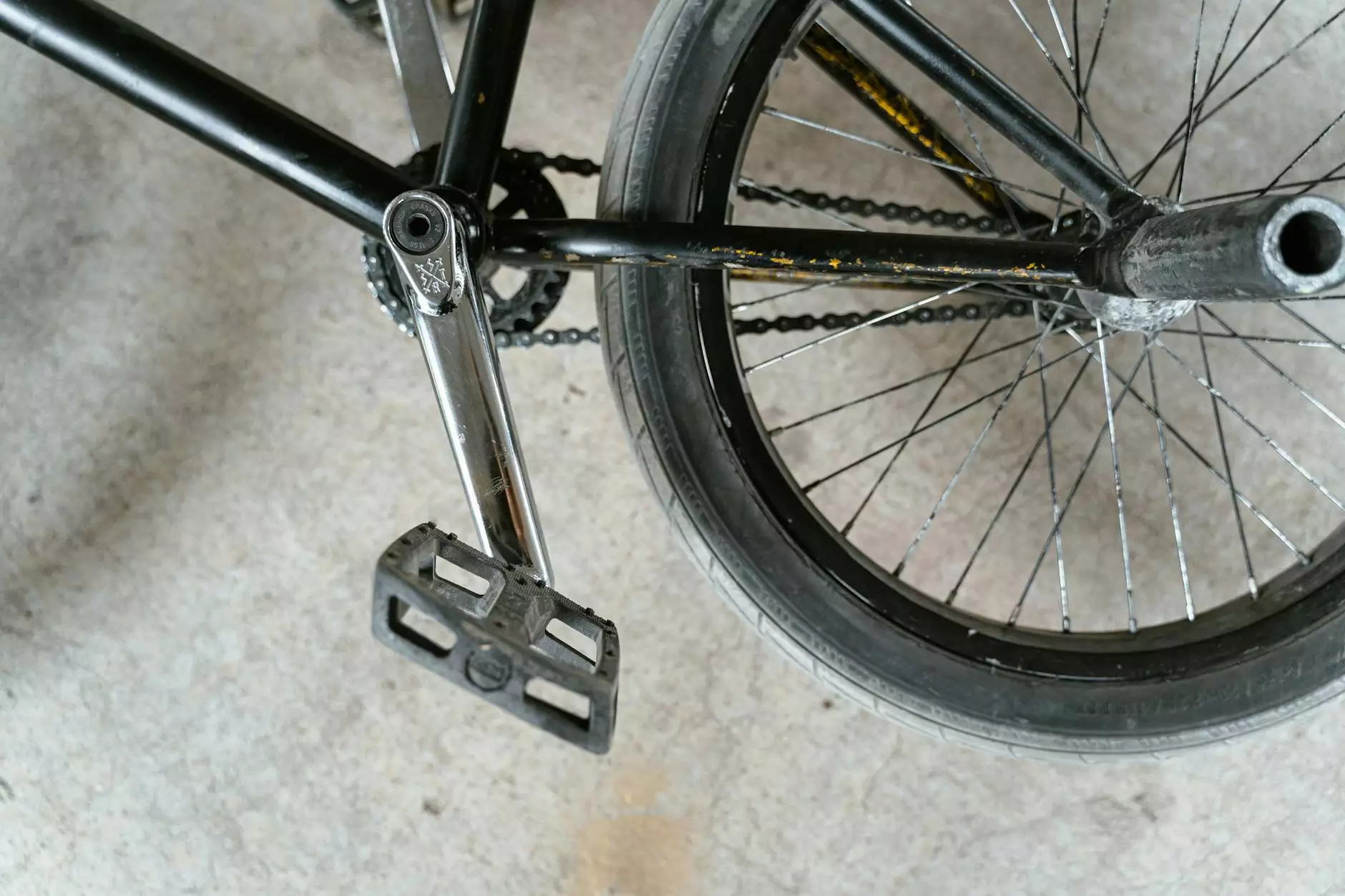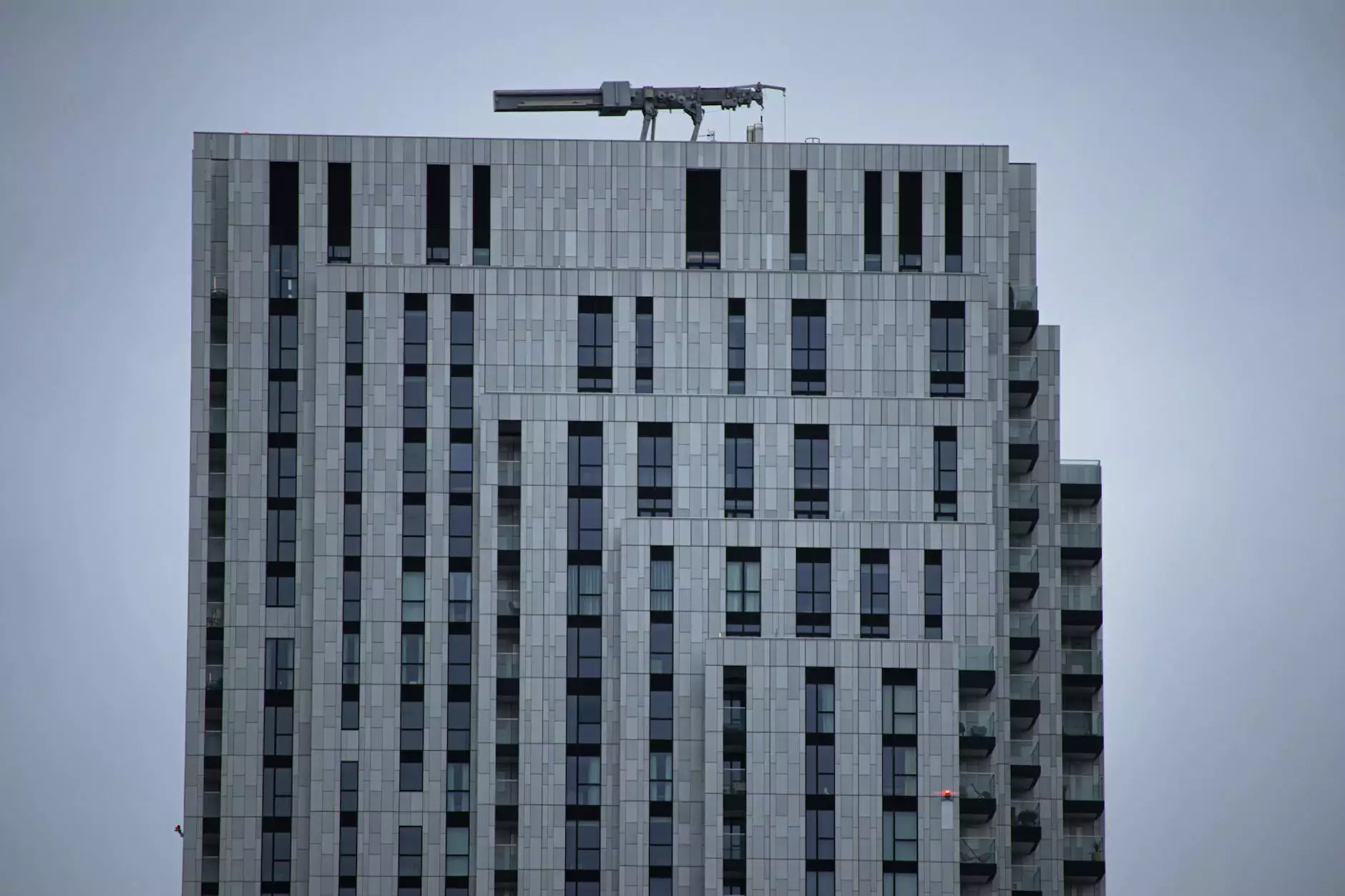Lung CT Scan: A Comprehensive Guide to Your Health

The lung CT scan, or computed tomography scan, is an invaluable tool in the realm of health and medical diagnostics. In today's fast-paced world, understanding the significance of this diagnostic method, its benefits, the procedure involved, and what to expect afterward can empower you to make informed health decisions.
Understanding Lung CT Scans
A lung CT scan is a specialized imaging test that uses X-ray technology to create detailed cross-sectional images of your lungs and the surrounding structures in your chest. Unlike a standard chest X-ray, a CT scan offers a more comprehensive view, significantly enhancing the visibility of lung tissues and helping to diagnose various conditions, from infections to tumors.
The Importance of Lung CT Scans
With lung-related diseases on the rise globally, early diagnosis plays a critical role in effective treatment. Some of the key reasons why lung CT scans are important include:
- Detecting Lung Cancer: Lung CT scans can identify nodules or masses that may indicate cancer, allowing for early intervention.
- Evaluating Lung Diseases: They are instrumental in diagnosing conditions such as pneumonia, emphysema, and pulmonary fibrosis.
- Guiding Treatment Plans: CT scans help in formulating an accurate treatment strategy by providing detailed anatomical information.
Who Should Consider a Lung CT Scan?
Several groups of individuals may need to undergo a lung CT scan, including:
- Smokers: Those with a history of smoking are at a higher risk for lung conditions.
- Individuals with Symptoms: Persistent cough, unexplained chest pain, or shortness of breath should consult a healthcare provider.
- Family History: Those with a family history of lung diseases should discuss the necessity of screening with their doctors.
The Procedure: What to Expect
Getting a lung CT scan is a straightforward process. Here’s a step-by-step view of what you can expect:
Preparing for Your CT Scan
Before your appointment, you may need to avoid eating or drinking for a few hours if you’re receiving a contrast material. Always inform your physician about any medications you are taking, allergies, or if there is a possibility of pregnancy.
During the Scan
Upon arriving at the diagnostic center, a technician will guide you through the procedure:
- Positioning: You’ll be asked to lie down on a narrow table that slides into the CT machine.
- Monitoring: Its essential to remain still during the scan to avoid blurry images. You may need to hold your breath briefly when instructed.
- Duration: Typically, a lung CT scan takes only 10 to 30 minutes, with the actual imaging lasting just a few seconds.
Understanding the Results
After your lung CT scan, the radiologist will analyze the images and report findings to your primary physician. Understanding the results is crucial for subsequent steps in your health management.
What Can Be Detected?
Lung CT scans can reveal a variety of conditions, including:
- Lung Nodules: Small masses in the lungs that may require monitoring or further evaluation.
- Pneumonia: Areas of infection can be clearly seen.
- Interstitial Lung Disease: Changes in lung structure indicative of diseases that affect the lung tissue.
- Emphysema: Damage to lung tissue that causes breathing difficulties can also be visualized.
Aftercare: What Comes Next?
Following your lung CT scan, it’s important to follow up with your healthcare provider to discuss the results and any necessary next steps. If contrast material was used, you might be monitored for an allergic reaction.
Potential Side Effects
While lung CT scans are generally safe, some people may experience:
- Allergic reactions: Particularly if contrast dye was used.
- Radiation exposure: A conversation with your doctor about the risks and benefits is vital.
Advancements in Lung Imaging
The field of medical imaging is constantly evolving. New technologies and methodologies in lung CT scanning include:
- Low-Dose CT Scanning: Offers a reduction in radiation exposure while still providing excellent imaging quality.
- 3D Imaging: Modern CT machines can create detailed 3D reconstructions of lung structures, allowing for enhanced evaluation.
- Artificial Intelligence: AI is increasingly being integrated into imaging analysis, improving the speed and accuracy of diagnosis.
The Role of Physical Therapy in Lung Health
At Hellophysio, we believe that comprehensive care doesn't end with diagnosis. Physical therapy plays a crucial role in managing lung health, particularly for patients with respiratory conditions. Here’s how:
- Breathing Exercises: Techniques that improve lung capacity and respiratory function.
- Postural Training: Enhancing posture to facilitate easier breathing.
- Strength Training: Building overall strength to better support respiratory function.
Improving Quality of Life
Integration of physical therapy post-diagnosis allows patients to actively participate in their recovery journeys. This holistic approach not only aims to alleviate symptoms but also to enhance overall quality of life.
Conclusion
In conclusion, the lung CT scan is a pivotal element in the arsenal of diagnostic tools available to healthcare professionals. Its ability to detect and monitor various lung conditions cannot be overstated. Combined with post-diagnostic care, including physical therapy, patients can have a comprehensive approach to managing their lung health.
For those considering a lung CT scan or seeking additional support in managing lung health, Hellophysio offers professional and compassionate care. Don’t hesitate to contact us for more information about how we can assist you on your health journey.









